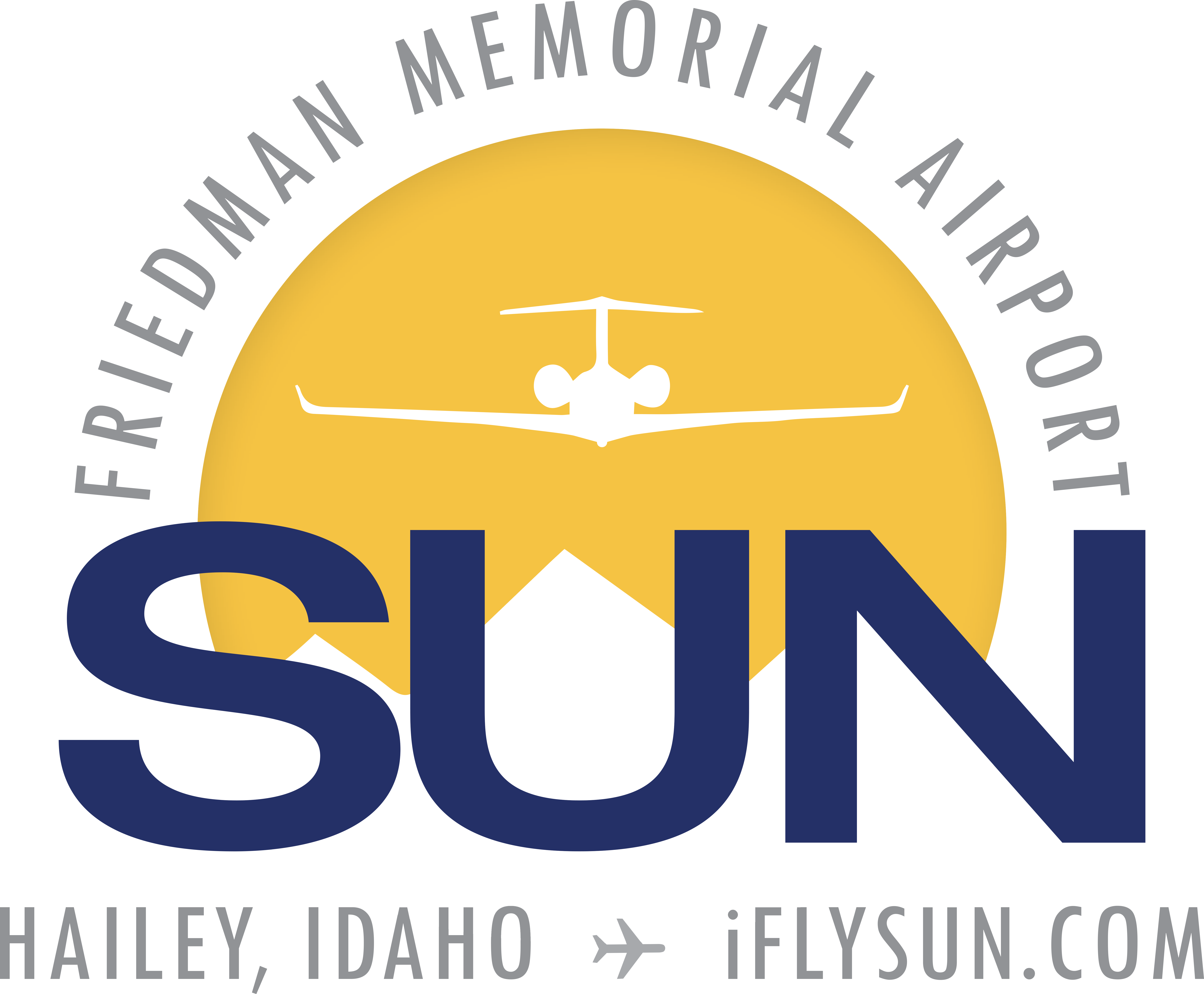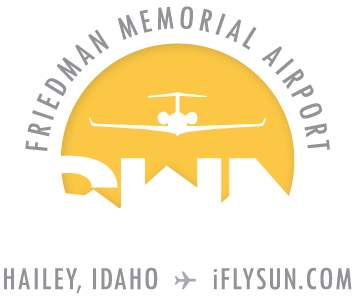An update on Alaska Air from Seattle Times.
Alaska Airlines and its regional Horizon Air subsidiary have deferred some jet deliveries to rein in growth. Horizon is also exiting some routes and redeploying planes to more profitable routes.
Alaska Air Group is slowing the growth of its fleet and shifting some planes from busy but unprofitable Pacific Northwest routes as it grapples with financial and competitive pressures.
Alaska Airlines and regional subsidiary Horizon Air are deferring a total of 14 jet deliveries by at least two years to rein in what has been an intense rate of growth.
And Horizon is exiting some routes such as Bellingham to Portland, despite almost full airplanes on the dropped routes.
The reallocation of Horizon jets includes more flying into Seattle-Tacoma International Airport to maintain gates there against growing competition from Delta.
The fleet and route adjustments follow the huge growth surge from the merger with Virgin America.
Alaska Air Group’s fleet will grow 6.5 percent this year after an average growth rate of between 7 and 8 percent per year over the past two decades.
With the delivery deferments, John Kirby, Alaska’s vice president of capacity planning, said the airline will still grow at 4 percent in 2019 and 2020. That is still nearly double the growth rate of the U.S. economy and faster than the airline industry as a whole, he said.
“We’re still a growth story,” Kirby said. “When you buy another airline and get 30 percent larger and fuel prices go up about 25 percent, it’s natural to slow down your growth.”
As for the route changes, he called it “normal pruning of the network.”
Mark Eliasen, Alaska’s vice president of finance, said the airline must continuously adjust its growth and its routes to “sync up our fleet and network with passenger demand.”
Brooke Vatheuer, Horizon’s vice president of finance and planning, told employees on the airline’s internal company website that the delivery deferments “reflect the current economic pressures in our industry … The last thing we want is to waste money on planes that aren’t being used.”
Slower fleet growth
Alaska Airlines, which will take delivery of 12 Boeing 737 jets this year and nine more next year, has deferred eight 737 deliveries from 2019-2020 to 2021-2022.
The airline has also converted all its firm 737 MAX 8 orders to the larger MAX 9 model, aiming to get more revenue from the greater seat capacity.
Alaska also is redeploying its fleet of Boeing 737s and the Airbus A320s it inherited in the Virgin America acquisition.
The airline is switching to Boeing jets on former Virgin higher-load routes such as Los Angeles-Boston and San Francisco-Honolulu, while moving the Airbus jets to less heavily traveled West Coast flights including Seattle-Burbank and Portland-San Diego.
Alaska Air has also pushed out some jet deliveries for its two regional carriers, Horizon and SkyWest, which provide feeder service to its Alaska Airlines routes; each is deferring delivery of three Embraer E175 jets by two or three years.
Horizon will still take 16 of the Embraer jets this year and four more next year. Horizon plans to retire a similar number of Q400 turboprops so that by the end of 2019 Horizon will have a 60-aircraft fleet — half Q400s and half E175s — compared with 59 aircraft now.
Routes dropped here, flights added there
The Horizon route changes, announced internally last week for effect in the fall, left some employees bemused.
Horizon is dropping its Bellingham-Portland, Pasco-Portland, Eugene-San Jose, Los Angeles-Sun Valley routes, as well as two routes into the Mammoth Lake ski resort in California that will end its service to that destination.
Instead it will deploy those planes to increase frequencies of flights elsewhere, including between Spokane and Portland and Seattle and Vancouver, B.C.
In an internal email, Kieran Whitney, Horizon’s managing director of in-flight services, told employees that “if you worked some of these (dropped) flights you might be wondering why we are making these changes as they were full.”
His explanation: “They may have been full but it was more that we were cutting our losses with lower fares than making a profit.”
He also said Alaska is adding flights from Sea-Tac, even though “it’s already challenging with delays” due to air-traffic congestion, because “it’s all about competition.”
The Port of Seattle allocates gates at Sea-Tac (SEA) according to the seat share among airlines over a nine-month period.
“Delta has been growing at a rate of 15 percent or more this year. So we need to put as many seats through SEA as possible to try to maintain or grow our gate footprint,” Whitney wrote. “If we do not grow, we will lose gates in SEA.”
Kirby said on peak days this summer, Alaska will have 330 flights out of Sea-Tac, to 89 nonstop destinations.
“We want to hold onto the gates and add more,” he said. “We want to keep growing here.”
Pilot-training glitch
Horizon is recovering from a disastrous year in 2017 when an acute shortage of pilots led to wholesale flight cancellations last summer and early fall.
In response, the airline cut the number of routes it flew and sharply increased the intake of newly hired pilots and the frequency of training classes.
Since December, the airline has steadily recovered. Horizon is flying about 380 flights per day this month, compared with 220 per day last August.
Yet as the next summer peak season approaches, Horizon employees say the pilot-training program has run into trouble.
Two Horizon pilots say the classes, for training and certifying pilots to fly the Q400s and to upgrade first officers to captains, have had high failure rates.
Alaska denies the failure rate is exceptional and says it is in the “high teens.”
According to one of the pilots, who asked not to be named to protect his job, the Horizon pilot-training program was regarded for many years as one of the best in the industry. But budget cuts some years back shortened the classroom training and cut resources to the program.
This is not a safety issue, because no pilot makes it onto the flight deck without passing the classes and undergoing the flight checks and an FAA evaluation.
Still, the high failure rate combined with a shortage of first officers willing to give up their seniority in scheduling in order to upgrade to captain threatens to create another problem.
“Last year, there weren’t enough new (pilot) hires,” said the Horizon pilot. “The current concern coming up to the summer schedule is not enough captains.”
Alaska Air spokeswoman Bobbie Egan said both the trainee failure rate and the captain upgrade rate are factored into the company’s scheduling models.
She said the pilot leadership “doesn’t anticipate any pilot shortage this summer” and “believes they have an adequate number of captains to fly our schedule.”
Information in this article, originally published May 22, 2018, was updated on May 24 to revise the description of the pilot training failure rate.

